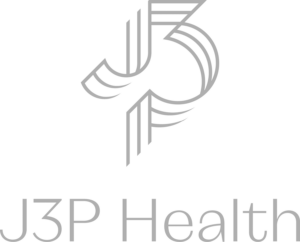WHY MOVE FROM PSC TO THROMBECTOMY CAPABLE?
When mechanical thrombectomy (MT) for the treatment of ischemic stroke first emerged, it was exclusively performed in comprehensive stroke centers (CSC). But as time passed, more and more community-based hospitals began to offer MT as well after several clinical trials demonstrated the efficacy the procedure, regardless of setting. Further driving more widespread availability was The Joint Commission’s offering of a separate designation of a “Thrombectomy-Capable” Center without the requirement of being a CSC.
Considering the clinical value of MT, many state regulations now mandate that EMS bypass hospitals without thrombectomy onsite when transporting a patient with known or suspected stroke. And, the time to treatment window to receive MT (24 hours) is significantly longer than the 4.5 hour time limit to administer tPA, the former “gold standard” for stoke care.
When we survey our clients, the number one reason for implementing a thrombectomy program (or considering the offering) is because thrombectomy is clearly the wave of the future – the outcomes prove this without a doubt. BUT, performing due diligence on the market implications and financial feasibility for your hospital is still a necessary first step in order to optimize the effort.
FINANCIAL CONSIDERATIONS
There are many factors that need to be considered to make the move from PSC to Thrombectomy-Capable. Areas of greatest impact include volume, reimbursement and cost, and financial investment.
-
- Volume: In 2019, the volume of actual MT performed in the US was approximately 16,600; however, the potential volume can range from 140,000-320,000 based on large vessel occlusion conversion rates. The primary reason for the disparity is that many primary stroke centers are not assessing MT as a top-of-mind treatment option.
- Reimbursement & Cost: Based on the most common DRG assignment, mechanical thrombectomy receives three times more reimbursement than stroke with tPA; but the costs are much higher. When reviewing costs, stroke with tPA averages a total direct cost per case of $12,500, whereas stroke with MT averages a total direct cost per case of $26,500. Although MT costs are higher, thrombectomy brings a much higher financial value to the hospital with an average contribution margin of $10,000 per case. This is compared margins for stroke with tPA at only $250 per case.
- Financial Investment: To implement a thrombectomy program, the likelihood of financial investment is very high. The three most common, high-cost investments include the physician, imaging equipment, and facility renovations. These costs alone can make or break a decision to pursue thrombectomy. However, due to the strong heart-brain connection between PCI and Thrombectomy, Corazon advocates hospitals capitalize on a shared location, shared equipment, and shared staff in order to minimize the investment needed to start a thrombectomy program.
CONCLUSION
There is no doubt that thrombectomy is THE future to treat ischemic stroke with large vessel occlusions. There are many factors that need to be considered to make the move from PSC to Thrombectomy-Capable. You must consider the clinical practice guidelines and recommendations, state regulation changes, your volume potential, and the financial feasibility including investment costs.
Missed our Primary Stroke to Thrombectomy-Capable webinar? Request the recording here!
Use Corazon’s Thrombectomy Calculator here!

 company
company 
 (412) 364-8200
(412) 364-8200



























